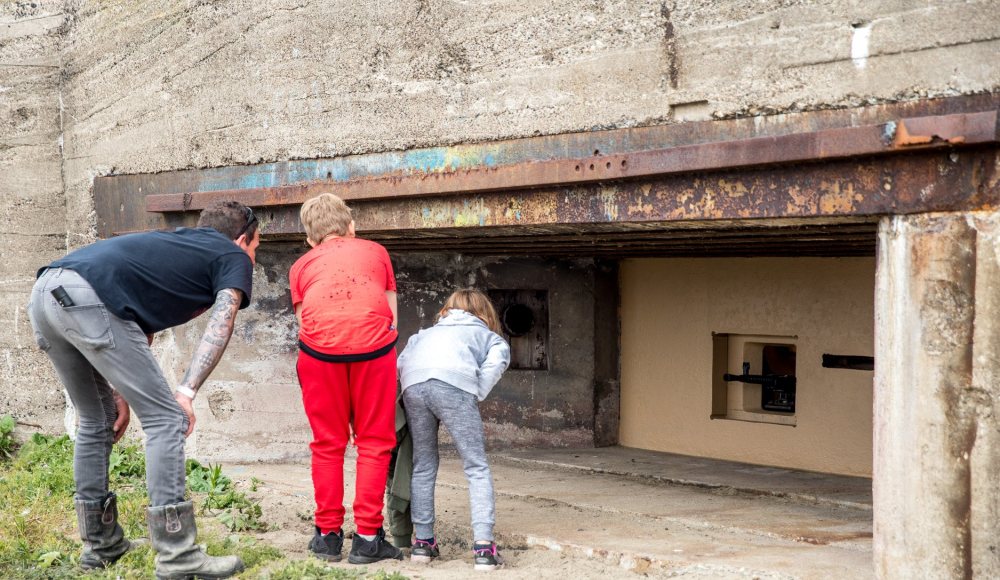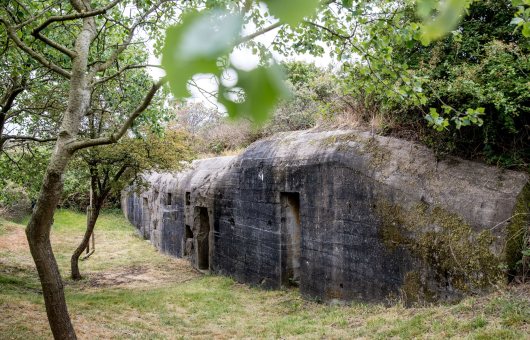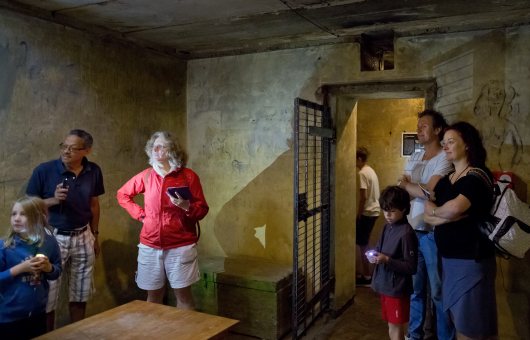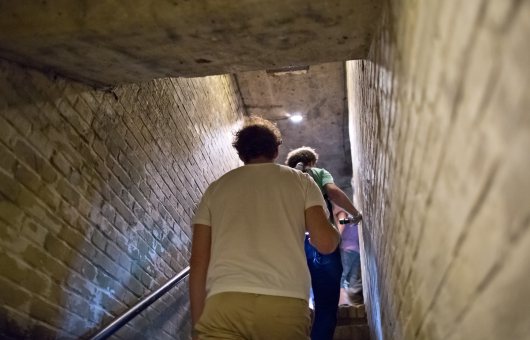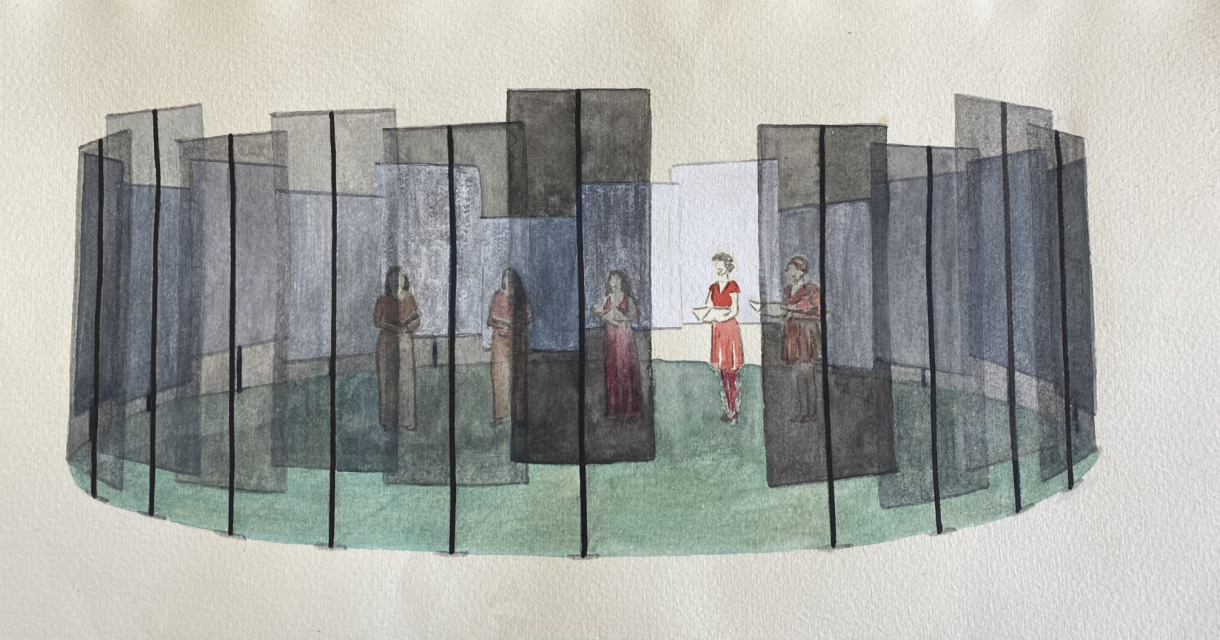Bunker day
Guided tours
On Saturday 30 May 2026, dozens of bunkers along the Dutch coast will open their doors to the public for one day. Also in The Hague, during Bunkerdag, you will get a unique chance to look inside bunkers that are not normally accessible. These extraordinary structures, partly hidden under the sand or hidden in greenery, are part of the Atlantic Wall, the defence line built by Nazi Germany along Europe's west coast during World War II.
Bunkerday in The Hague
Several bunkers that played an important role during World War II can be visited in The Hague. Especially for this day, the Führer der Schnellbootee & Radarpost Erika (Widerstandsnest 66 HM)) will open. In addition, both locations of the Atlantic Wall Museum The Hague will also be open. At locatie Kijkduin, some 130 metres of tunnel with six connected bunkers remain. This part of the complex, named Widerstandsnest 67 HL, housed a Luftwaffe unit that had to search the airspace for enemy aircraft. On Badhuisweg in Scheveningen, the German occupiers built a command centre consisting of 13 bunkers in 1943. Stichting Atlantikwall Museum Den Haag has made the command bunker, a crew bunker and a toilet bunker accessible again and furnished them.
The Nationaal Monument Oranjehotel will also be open during Bunkerday. The Oranjehotel is the nickname for the Scheveningen prison during World War II. The complex consists of about 120 cells. The heart of the memorial is Cell 601, a cell still preserved entirely in its authentic state. During World War II, the Oranjehotel functioned as a political prison. Opponents of the Nazi regime were detained, interrogated and sentenced here. But political imprisonment is of all times and places. For a larger overview of the bunkers and activities to be visited, visit the website of bunkerday.
What is the Atlantikwall?
During World War II, Nazi Germany built a defence line along the western European coast to prevent an attack by the Allies. This so-called Atlantic Wall ran all the way from Norway to the border with Spain, over a length of some 5,000 kilometres. It connected tens of thousands of bunker complexes and other defences. In the Netherlands, too, hundreds of bunkers, tank walls and trenches were constructed at strategic locations along the coast. This had major consequences: many residents were forced to leave their homes to make way for the construction of these defences. The European coast turned into a fortress during the German occupation, traces of which are still visible today.
Ticketsale (Subject to change)
With the Bunkerday ticket, all open bunkers can be visited. The Bunkerday tickets will be sold at the locations. You cannot always pay by debit card here, so don't forget to bring cash.
- Adults (13+) € 7.50
- Children (4-12 years) € 4,-
- Children (0-3 years) Free

